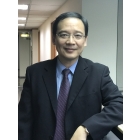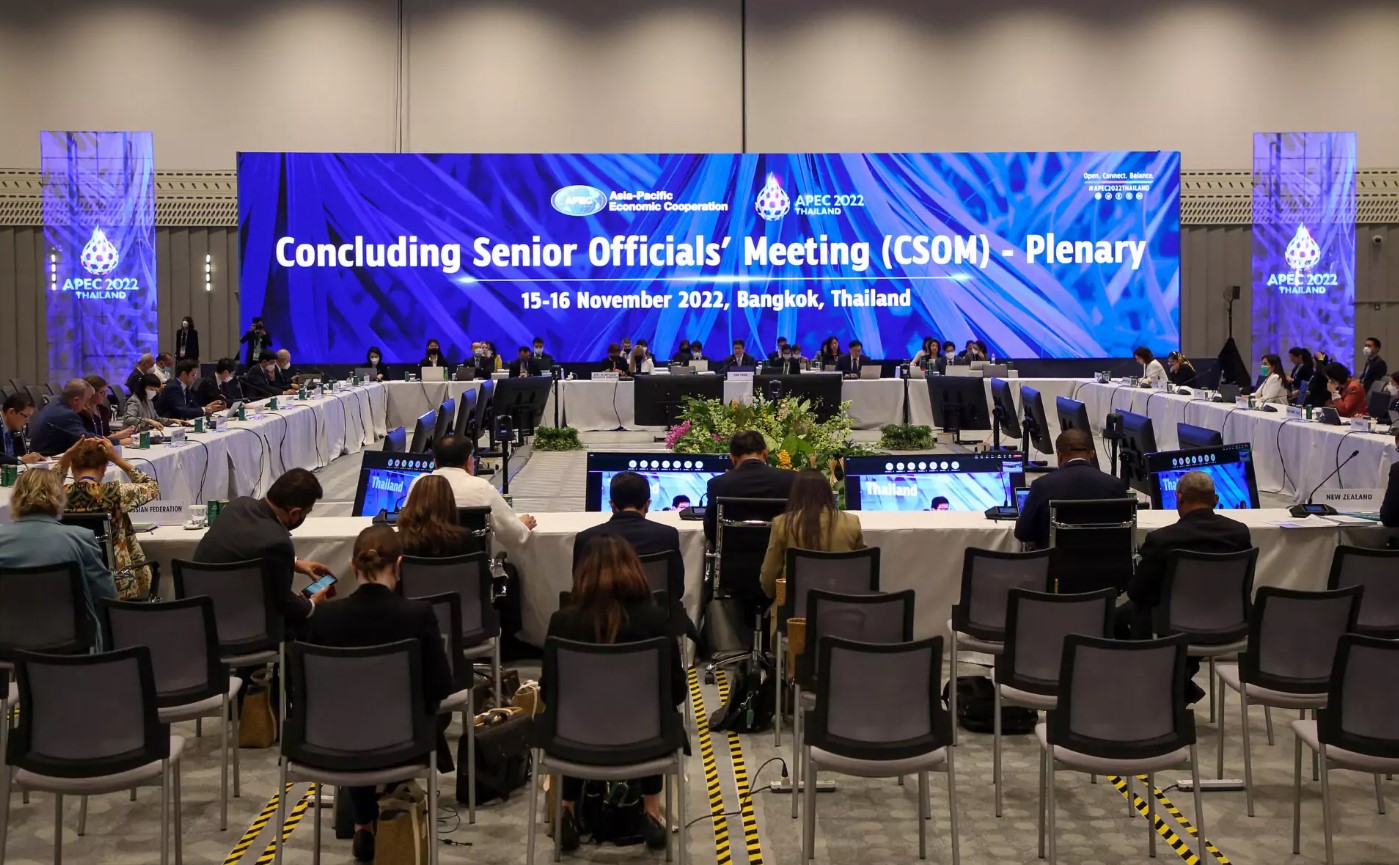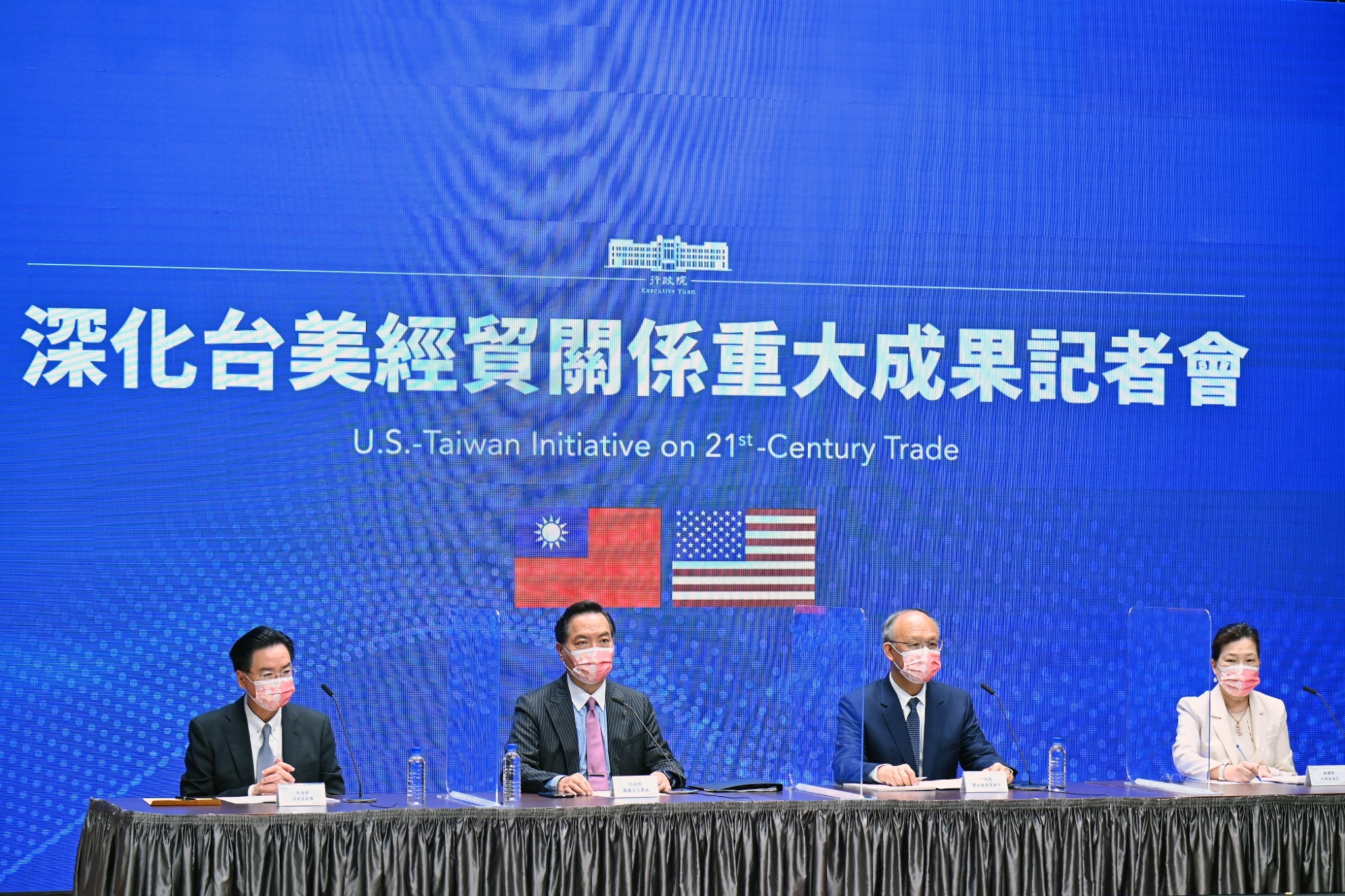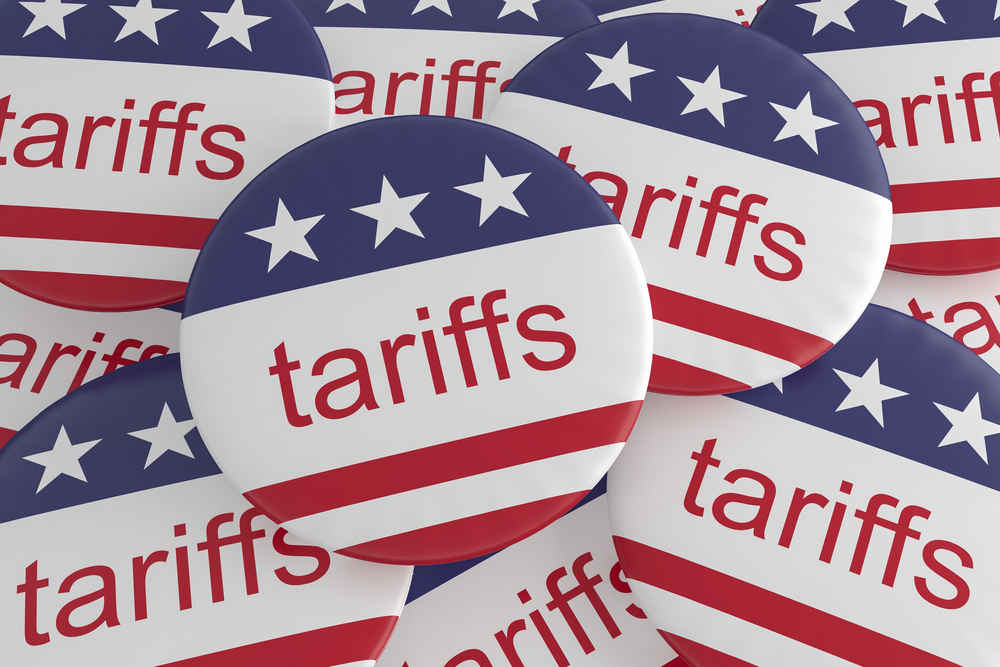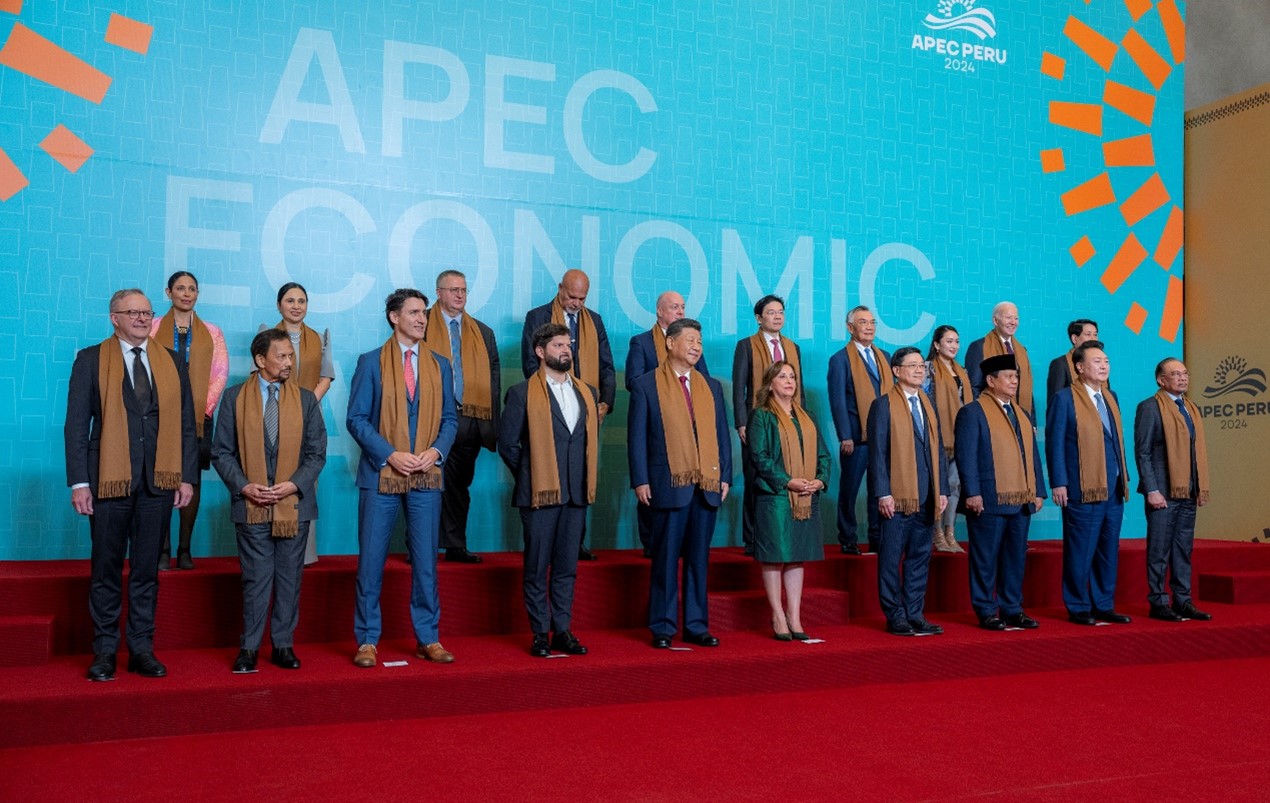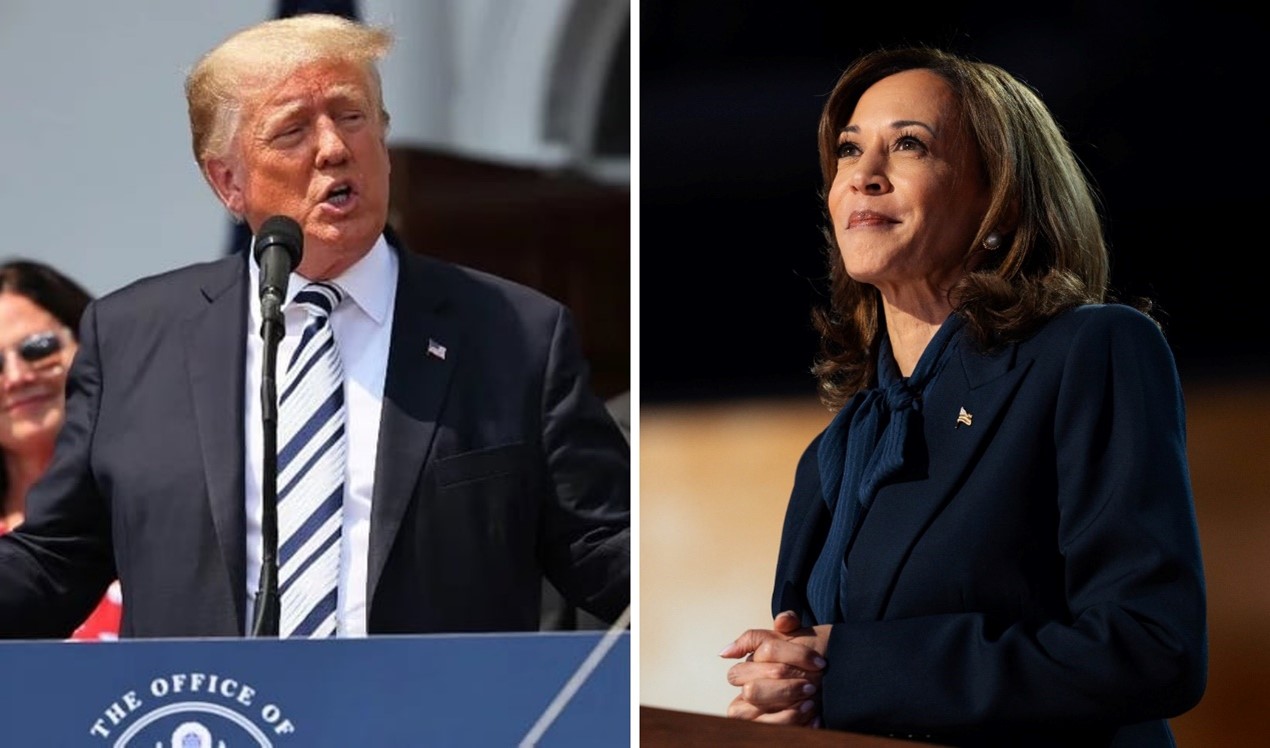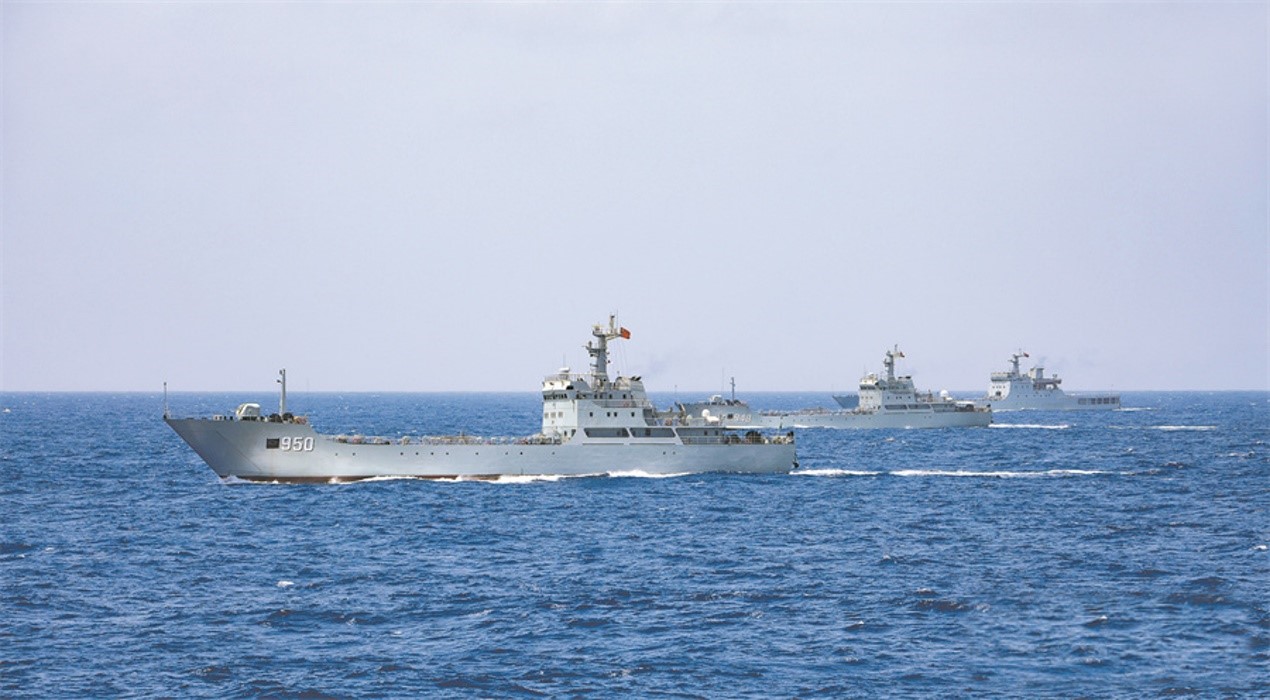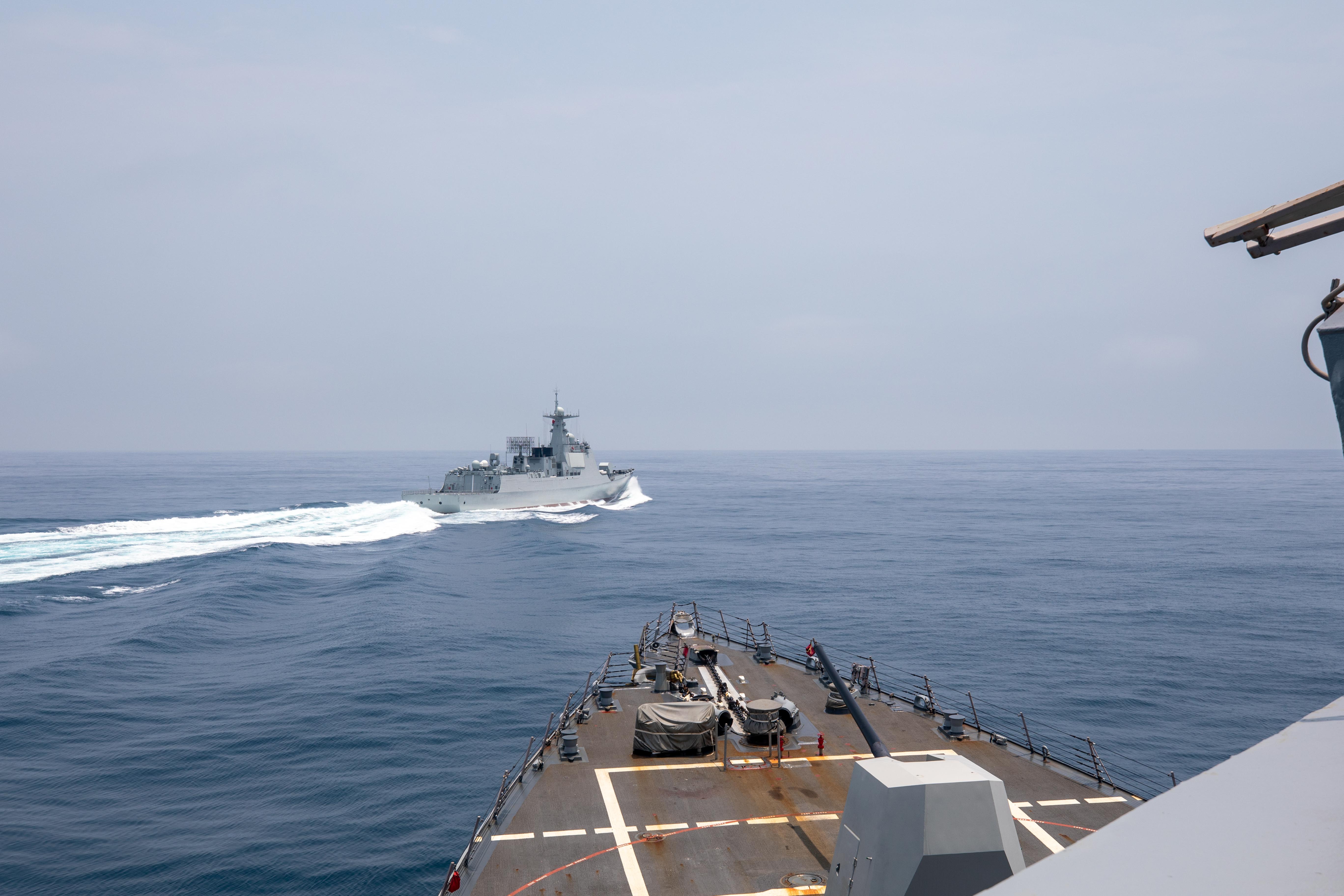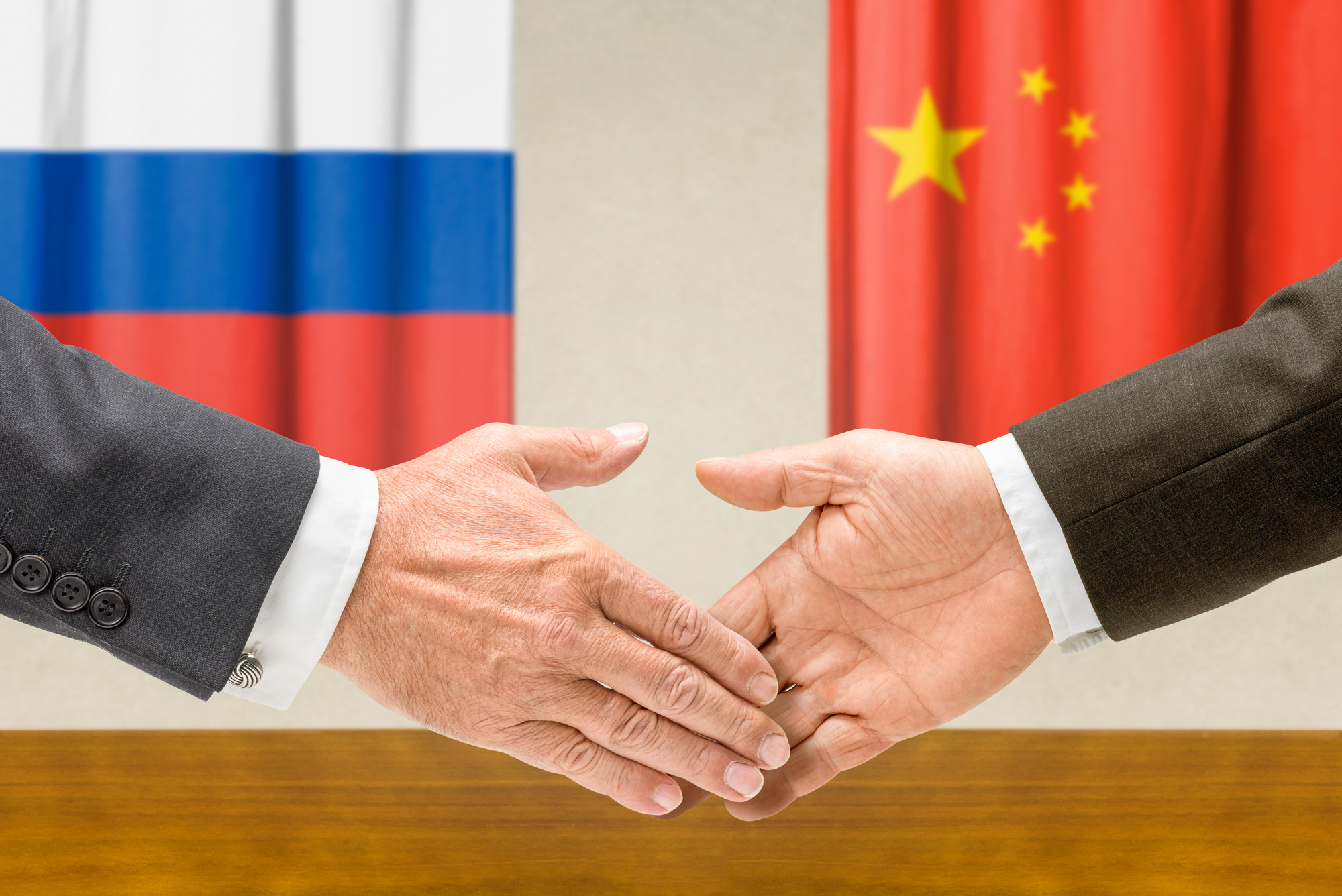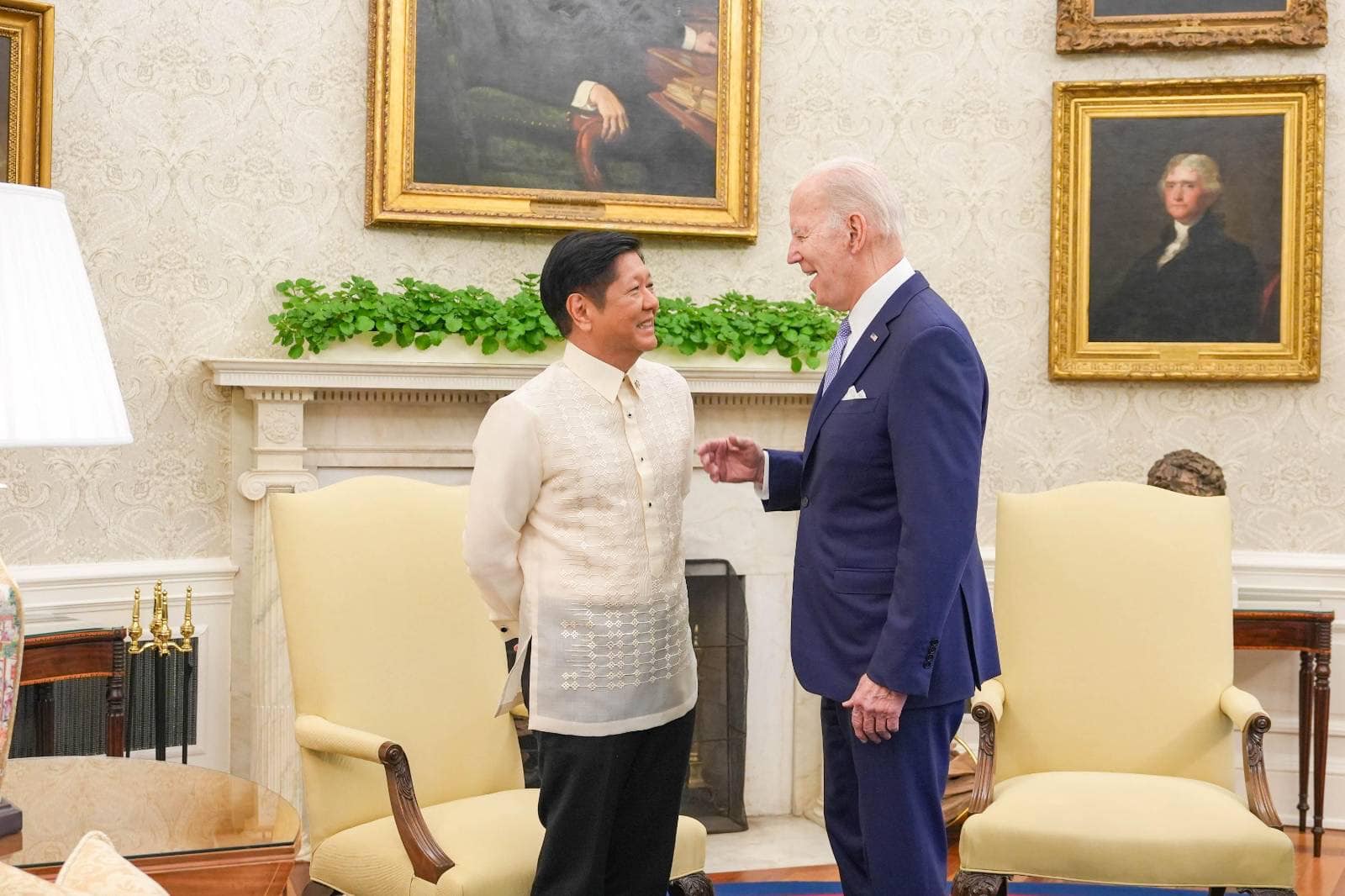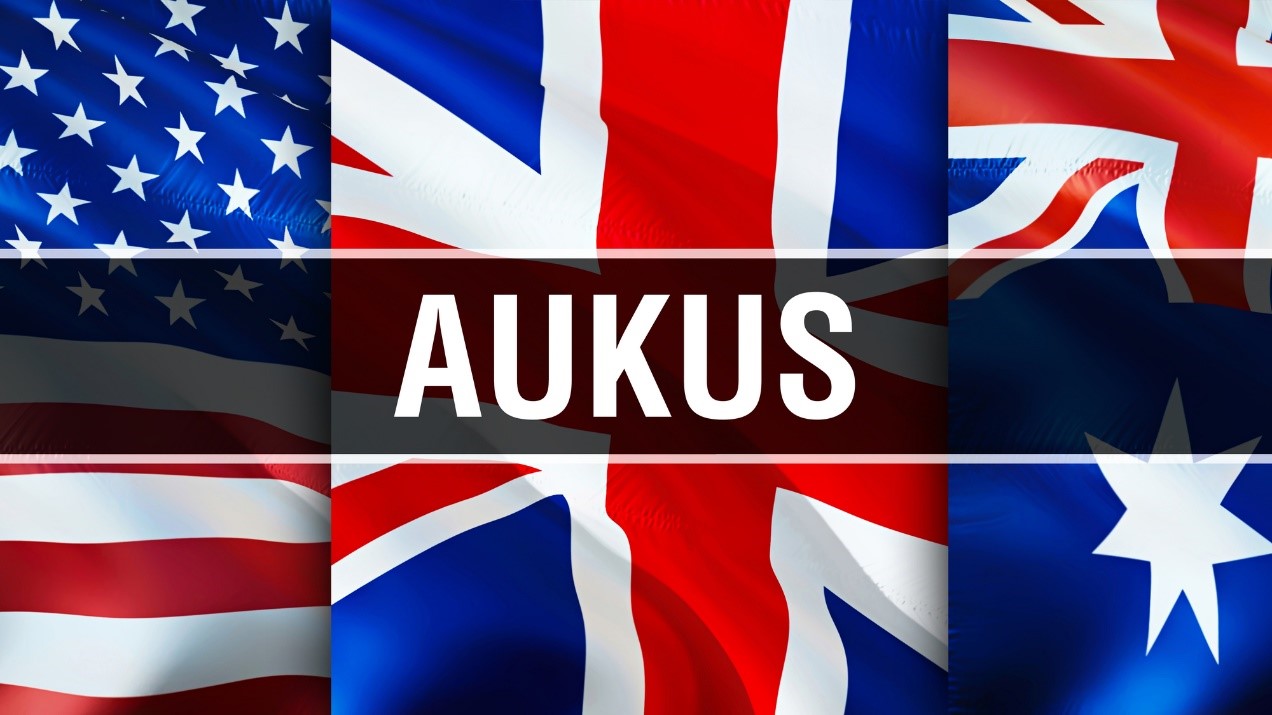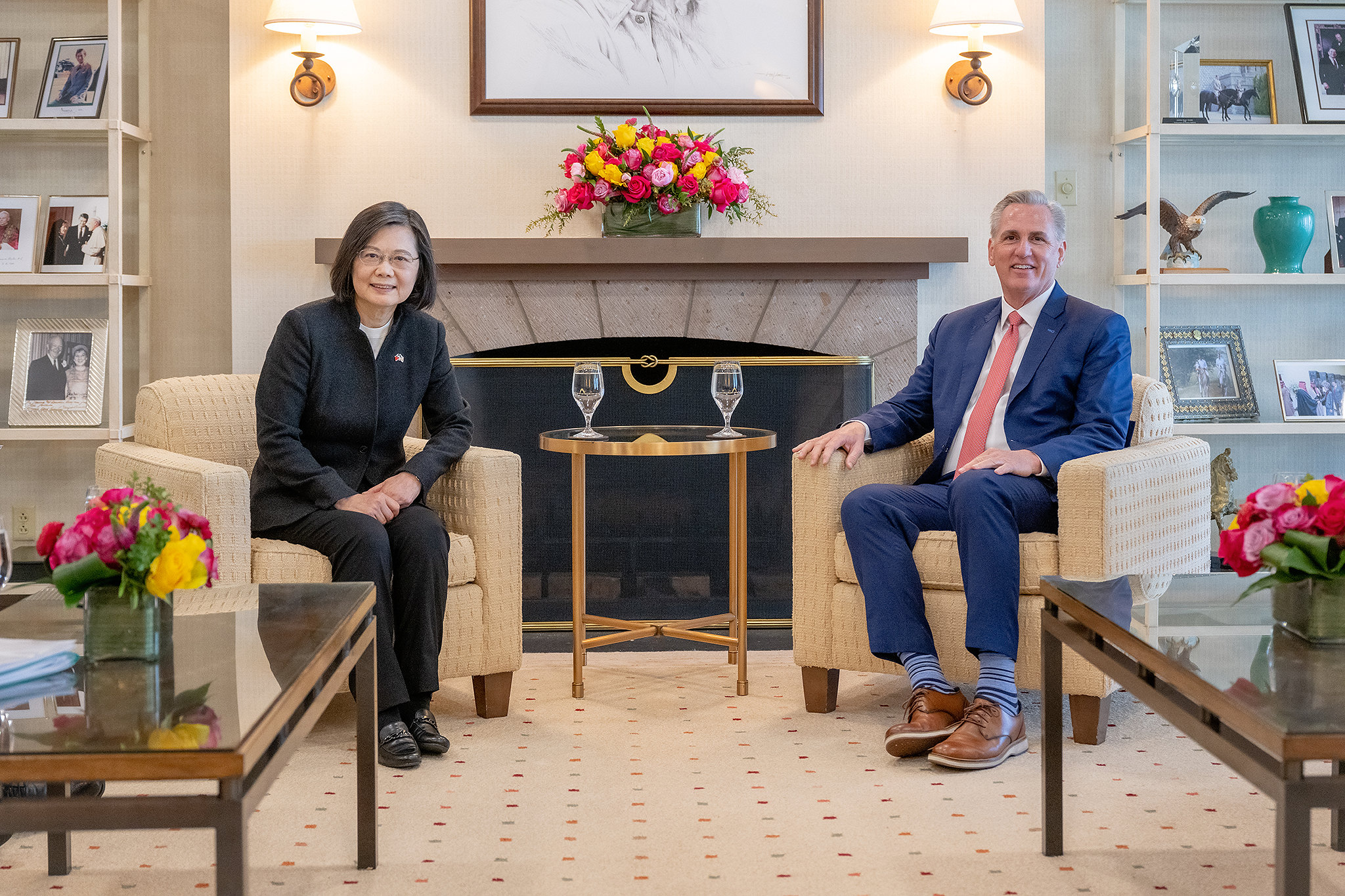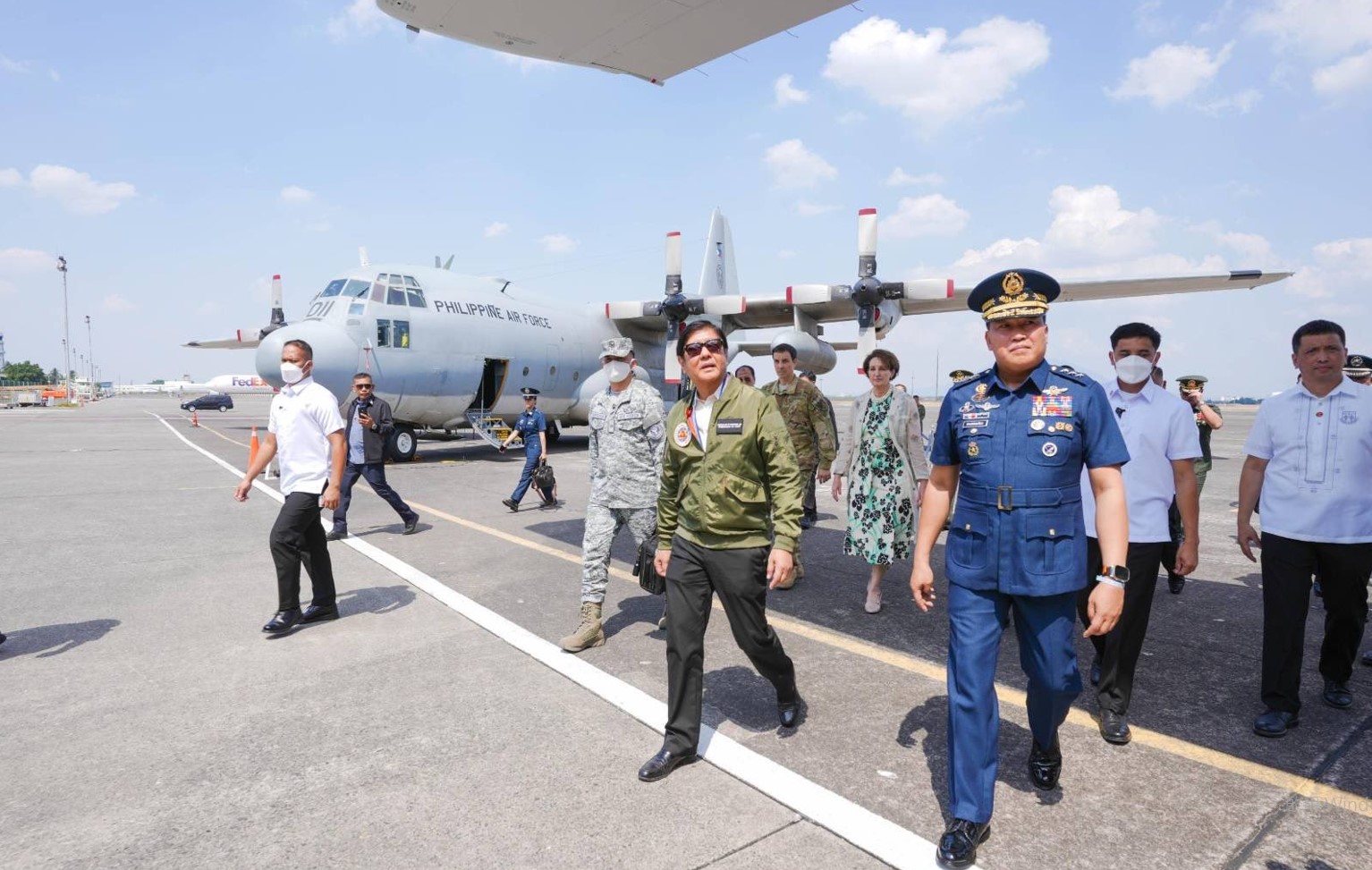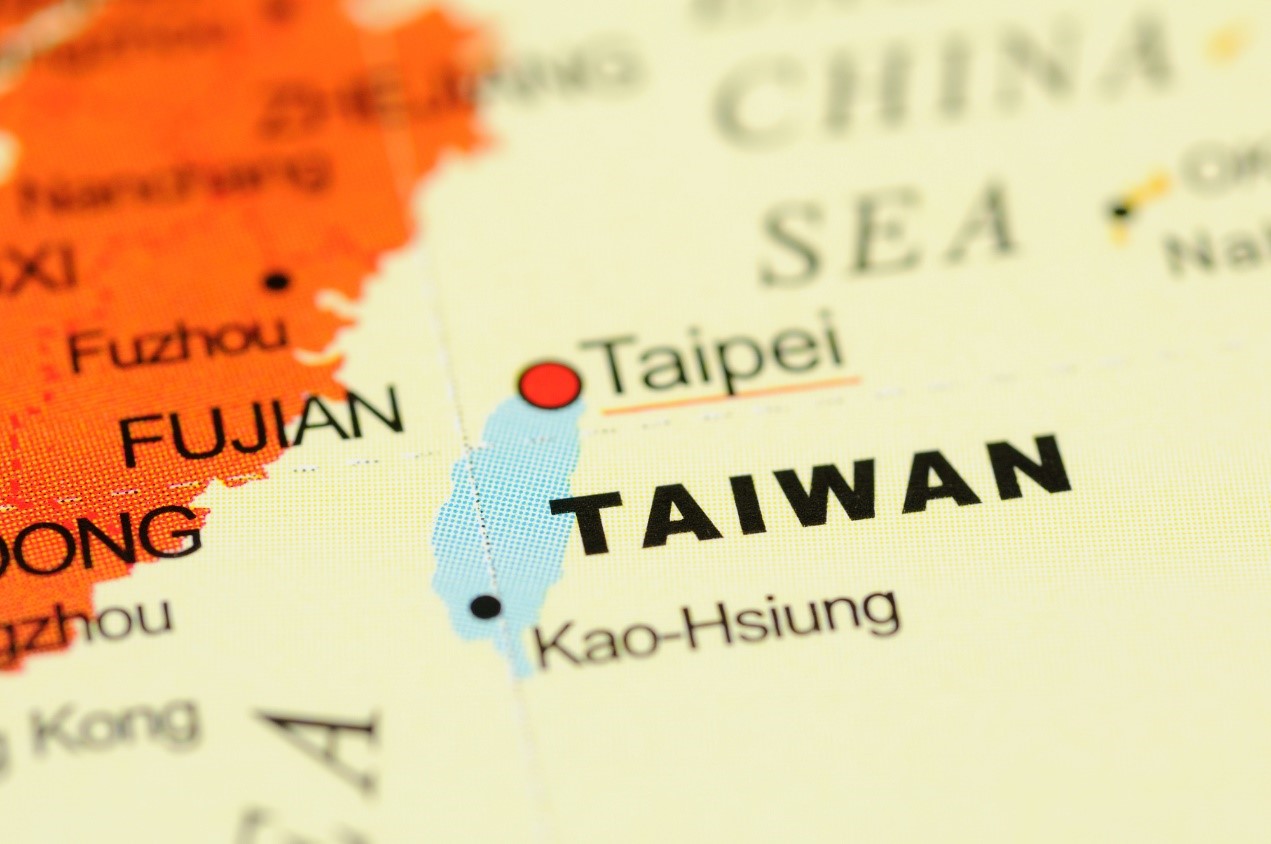Observations on the 2022 APEC Leaders’ Summit and the Outlook for APEC in 2023
This year, under the APEC theme “Open. Connect. Balance,” APEC member economies tried to advance their work through three priorities: to be open to all opportunities, connected in all dimensions, and balanced in all aspects. Taiwan, known as a technology island-nation, plays an important role in this priority.
Picture source: APEC 2022, November 17, 2022, APEC 2022, https://www.apec2022.go.th/aelw-2022-eng-qsncc/.
Observations on the 2022 APEC Leaders’ Summit and the Outlook for APEC in 2023
Prospects & Perspectives No. 68
By Darson Chiu
The 2022 APEC Leaders’ Declaration was released to the public on November 19. However, before the most important APEC statement was eventually finalized, no one was certain whether it would be released at all. There was speculation that this year’s summit would not result in a joint communiqué of any kind, as the gathering in Bangkok was dominated by diplomatic sparring between the developed democratic economies led by the U.S. against the “China-Russia alliance.” The main dispute between the two camps was whether the leaders’ declaration should include the United Nations resolution for the unconditional withdrawal of Russian troops from Ukraine.
During the long series of drafting meetings for the declaration, the two camps argued endlessly and did not back down. For example, it was debated whether the source of the current global inflationary pressure was the result of unlimited quantitative easing by the U.S. Fed or the logistics congestion caused by the Russia-Ukraine war. In the meantime, the G20 Leaders’ Declaration issued in Bali, Indonesia, on November 16 clearly supported the United Nations resolution on Russia’s troop withdrawal. The G20 declaration created a certain amount of pressure for APEC to release an APEC declaration despite the lack of consensus and thereby avoid what had happened in Papua New Guinea in 2018. Absent one, all stakeholders would be suspicious of the credibility and execution capacity of APEC. Therefore, the G20 gave APEC stimulation and forward momentum at the right time for APEC to reach a critical consensus.
It is also noteworthy that the 2022 APEC Leaders’ Meeting was the time in four years that APEC leaders met in person. Via an online meeting hosted by Malaysia in 2020, the APEC Putrajaya Vision 2040 was agreed upon and jointly announced by the leaders as the new goals of APEC after the Bogor Goals. Through a virtual meeting hosted by New Zealand in 2021, the Aotearoa Plan of Action was approved by all members to help fulfill the Vision.
This year, under the APEC theme “Open. Connect. Balance,” APEC member economies tried to advance their work through three priorities: to be open to all opportunities, connected in all dimensions, and balanced in all aspects. The purpose was to advance long-term, robust, innovative, and inclusive economic growth as well as sustainability objectives in the Asia-Pacific region.
Key areas related to open-to-all opportunities included the WTO reform, the Free Trade Area of the Asia-Pacific (FTAAP) agenda, structure reform, and services. The APEC Leaders pledged to value the multilateral trading system driven by an improved and reforming WTO. In addition, APEC members decided to work with the business sector and follow the FTAAP work plan; the concept is to finally eliminate tariff barriers and maximize the region’s overall welfare through free trade. As structure reform is to discuss and explore behind-the-borders issues, APEC hopes to provide a friendly business environment for all industries through deregulation and regulation conversion. Finally, APEC furthered its progress in promoting trade in services. By enhancing its share of global trade, the service industry can be another reliable engine for economic growth. As a trade-oriented economy, Taiwan has fully supported this priority.
Efforts associated with connectivity in all dimensions include a safe passage taskforce, connectivity blueprint, and digital technology and innovation. As tourism is one of the key drivers for the Thai economy, as this year’s host economy Thailand established and led the safe passage of the taskforce, hoping to revitalize cross-border travel within the Asia Pacific region. The summit also revisited its connectivity blueprint, first released in 2014, and aimed to conclude it by 2025 due to disruptions in regional supply chains having an inevitable impact on the regional economy. Recognizing that digital technology and innovation have a great role to play in numerous areas, the APEC summit also decided to bridge digital divides, facilitate access to digital tools, and promote digital training via collective action. Taiwan, known as a technology island-nation, plays an important role in this priority.
As for balanced in all aspects, the leaders vowed to pursue sustainable and inclusive growth. They endorsed the Bangkok Goals on the Bio-Circular-Green (BCG) economy, which has been Thailand’s major policy objective in response to the threat of climate change and other anomalies. This is a good example of how a host economy fruitfully aligned its national goal with the APEC common goal. In order to make economic development and recovery in the APEC region more inclusive, APEC has aimed to help MSMEs, women, indigenous peoples, people with disabilities, and those from remote and rural communities more involved with business activities. By doing so, APEC economies believe that long-term economic growth can be achieved. Taiwan has implemented sustainable and inclusive growth in its government policies.
In a nutshell, the 2022 APEC Leaders’ Meeting was very successful despite the many challenges facing regional economies. Thailand and the other member 20 economies managed to take stock of past achievements and set a direction for the future in an attempt to complete the unfinished business.
Regarding the outlook for APEC in 2023, the U.S. as the host economy has set the theme of “creating a resilient and sustainable future for all.” Under this theme, the U.S. plans to prioritize three areas: interconnected, innovative, and inclusive. Under the first priority of interconnected, APEC will push for supply chain resilience, digital trade, connectivity including infrastructure and expanding opportunities for MSMEs. The second priority of innovative work will include climate change and environmental sustainability, food security, good regulatory practices, health, anticorruption, digitalization and fostering and enabling environment. Under the third priority, inclusiveness, the U.S. will look for APEC to be able to align work on inclusive growth for workers and groups with untapped economic potential.
Like Thailand, the U.S. will seek to align its national goals with those of the APEC summit. Therefore, issues of concern to the U.S. will be emphasized on the APEC agenda next year. From that standpoint, pillars of the U.S. led “Indo-Pacific Economic Framework” (IPEF) and the content of U.S.-Taiwan Initiative on 21st Century Trade should be considered as key issues of U.S. national policies. The IPEF proposes four key pillars: Trade, Supply Chains, Clean Economy, and Fair Economy. Despite the fact that Taiwan is not yet a member of IPEF, the U.S. and Taiwan have started negotiations on the initiative on 21st century trade with key areas that are quite relevant to IPEF pillars. The key areas are: trade facilitation, good regulatory practices, anticorruption, SMEs, agriculture, standards, digital trade, labor, environment, SOEs, and non-market policies and practices.
At present, we can only speculate as to the main framework for APEC in 2023. However, through initiatives such as IPEF and the U.S.-Taiwan Initiative on 21st Century Trade that the U.S. actively promoted in 2022, we can predict that the U.S. will put much focus on those issues for the region. And most importantly, Taiwan as a dedicated member of APEC can position itself in advance and take an active role next year.
(Darson Chiu is Research Fellow, APEC Study Center, Taiwan Institute of Economic Research.)

